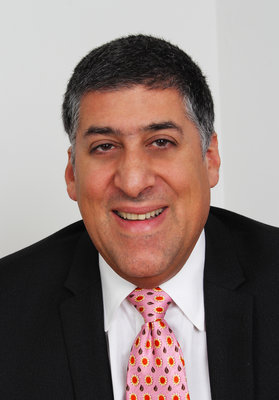Why endorse one when you can back two?
A few weeks back, we wrote that endorsements would be hot commodities this election cycle with so many candidates running in local and citywide races.
After all, there would only be so many major endorsements to go around – such as those from labor unions and prominent elected officials and community leaders – before candidates would have to start scraping the bottom of the barrel (no offense intended!) to prove they have a broad base of support and deserve your vote.
But we forgot about ranked-choice voting, which this year will allow voters to list their top five favorite candidates in order of preference
That means if you are a candidate, just because you weren’t the first choice of say the UFT or PBA, doesn’t mean you can’t court one of those unions to state that if they had to pick a second candidate to back, it would be you.
We wondered how many candidates would swallow their pride and go after those type of endorsements, but as it turns out, the endorsers themselves are ahead of the game.
Two elected officials from northeast Queens recently decided to endorse not one, but two candidates in two different City Council races.
Assemblyman Ron Kim announced that he would be co-endorsing both Ellen Young and John Choe in the Democratic Primary for the City Council seat being vacated by Councilman Peter Koo at the end of the year.
In a statement announcing the “first-of-its-kind” endorsement, Kim said he believed both would be “worthy elected leaders for the community.”
Of course, Young was eager to publicize that Kim had endorsed her, so she sent out her own press release touting his support. Naturally, there was no mention of the fact that Kim also endorsed one of her opponents in the race.
About a week later, State Senator John Liu announced he was endorsing two candidates in the Democratic Primary to replace Councilman Barry Grodenchik. But unlike Kim who co-endorsed two candidates, Liu actually stated his preference.
He announced that Linda Lee was his first-choice candidate, followed by Jaslin Kaur at number two. Liu said Lee would “be a most thoughtful and effective member of the City Council,” but also said Kaur would “lead District 23 towards guaranteeing dignity for all.”
We’re so confused!
Lee also sent out a press release announcing the endorsement, which makes sense because she was the top choice. But Kaur seems perfectly content to be a close second in Liu’s eyes. She posted news of the endorsement on her website and social media channels, making it very clear that she was indeed Liu’s second choice.
We guess not only does ranked-choice voting mean that candidates can still get the support of a group or person who has already endorsed their opponent, but it also gives an out to the endorsers who don’t have to choose between two people they already have close relationships with.






